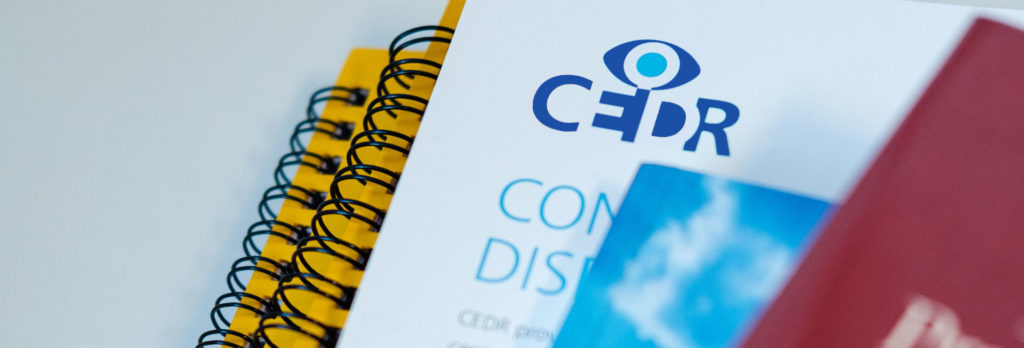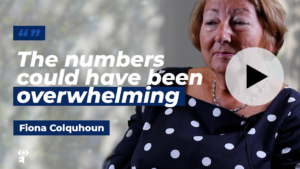Mediation Case Study: Power Imbalances & Participant Equity in a Transgender Policy Mediation
Overview
Sector: Charity Sector
Type: An individual and a charity disagree over transgender policies
Mediator: Fiona Colquhoun
Outcome: A full agreement on the charity’s policies was reached after about four months.
This case study explores the dynamics of a mediation involving a well-known international charity and an individual, highlighting the potential risks of power imbalances during the mediation process. The dispute revolved around the charity’s new transgender policies and the challenges they posed to parents, particularly regarding transgender individuals providing care to young girls during camping and overnight stays.
Background: The international charity, known for its humanitarian work, introduced a new set of transgender policies that aimed to address the needs of transgender individuals. These policies raised concerns among some parents – the issue of transgender women (biologically male) caring for young girls at camps became a contentious issue for some parents.
Power Imbalance: The power dynamics in this mediation were evident from the outset. The international charity had considerable resources, reputation, and a significant number of trustees and legal representatives. In contrast, the claimant, an individual parent, and their lawyer stood on the other side of the dispute. This numerical imbalance of power could have made the mediation process overwhelming for the claimant.
Addressing Power Imbalances: Mediating in a context where there is a perceived power imbalance is challenging but essential to ensure fairness and a successful resolution. Here are five ways the mediator attempted to limit any potential power imbalance in this case:
- Limited Participation: To mitigate the power imbalance, the mediator limited the number of participants in direct dialogue. Only a few key representatives from both sides were actively involved in the mediation discussions. This approach prevented the proceedings from becoming one-sided and overwhelming for the claimant.
- Joint Sessions: The mediator encouraged joint sessions, where both parties came together to discuss the issues and concerns. This allowed for open dialogue and facilitated a better understanding of each party’s perspective.
- Engaging Relevant Stakeholders: In a complex dispute involving a significant organisation, not all stakeholders need to participate at once. The mediator ensured that the most relevant individuals were involved in discussions related to specific aspects of the dispute. For instance, a person dedicated to policy development led discussions related to camping and overnight stays.
- Balanced Contribution: Despite the numerical advantage held by the charity, the mediator ensured that both parties had an opportunity to contribute. This approach aimed to create a sense of fairness and inclusivity in the mediation process.
- Continuous Engagement: The mediation process was conducted over a period of four months, allowing for intermittent work and ongoing dialogue. This extended timeline gave both parties ample time to consider their positions, negotiate, and find common ground.
Conclusion: This case study underscores the challenges and risks associated with power imbalances in mediations, especially when an individual confronts a large and influential organisation. Addressing these imbalances requires a thoughtful approach, such as limiting participation, encouraging joint sessions, engaging relevant stakeholders, and ensuring balanced contribution. In this case, despite the initial perceived power discrepancy, the mediator facilitated a successful resolution by promoting fairness and inclusivity throughout the mediation process.



